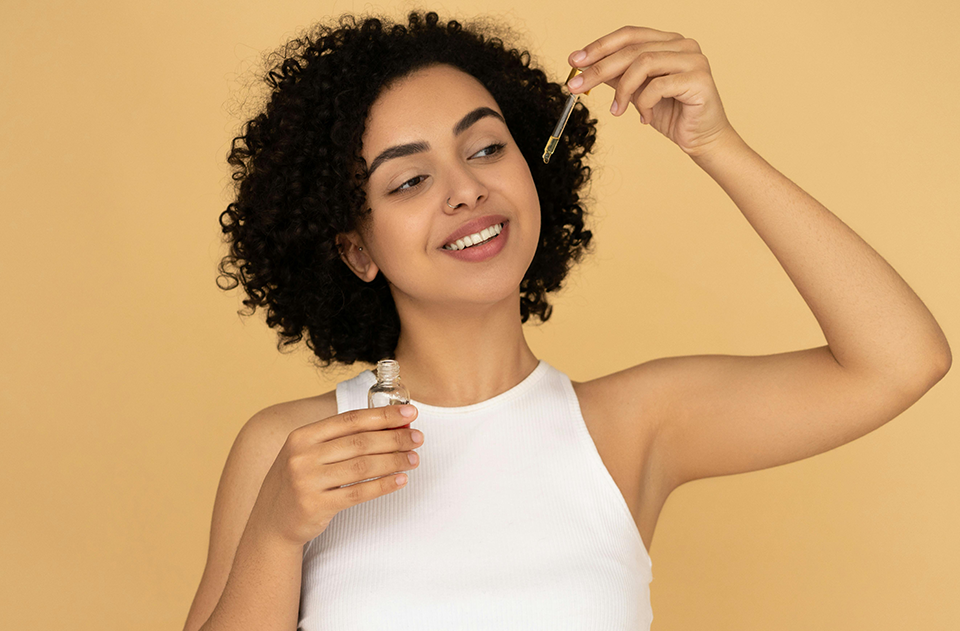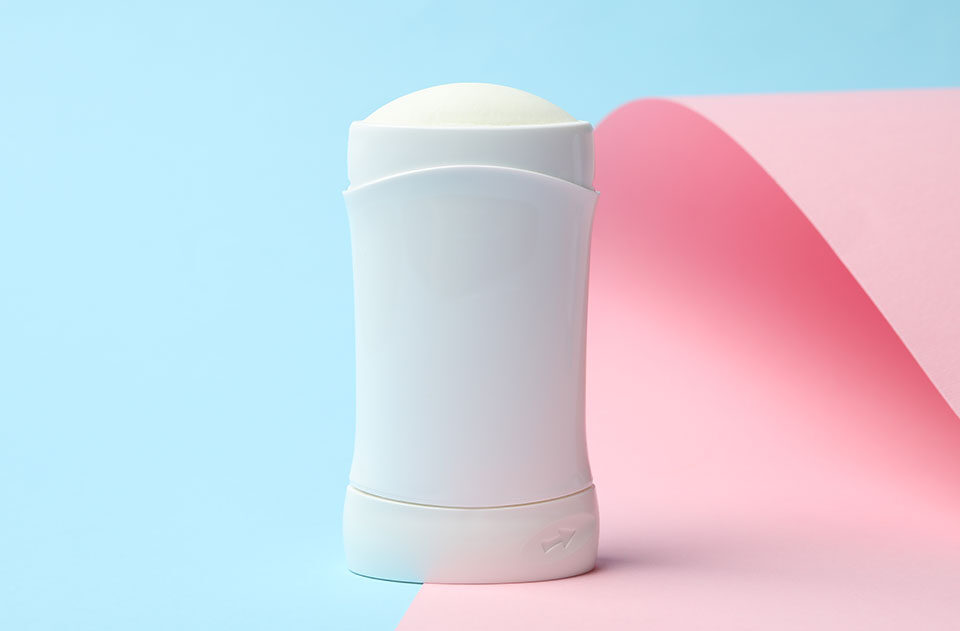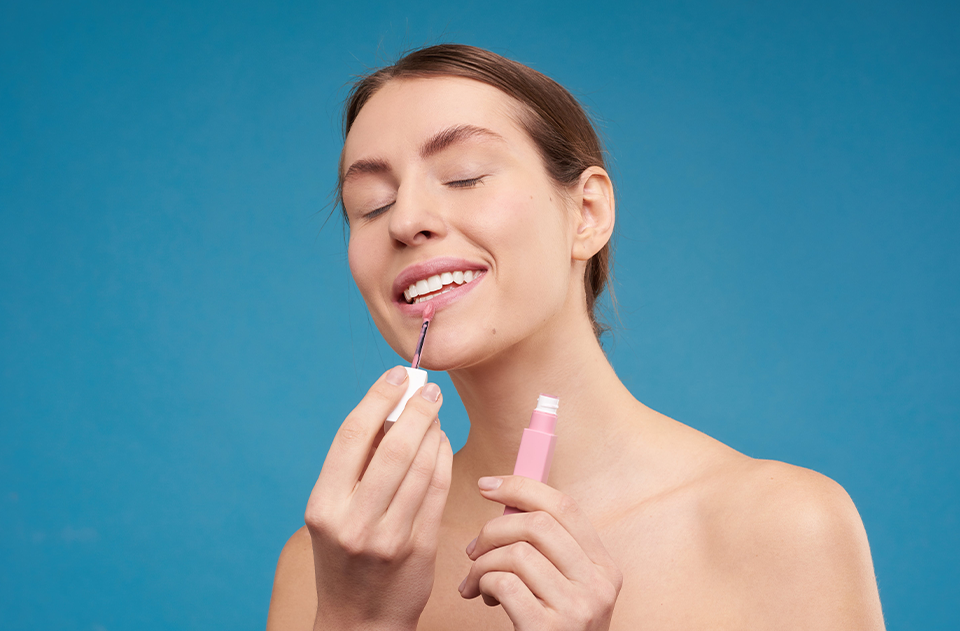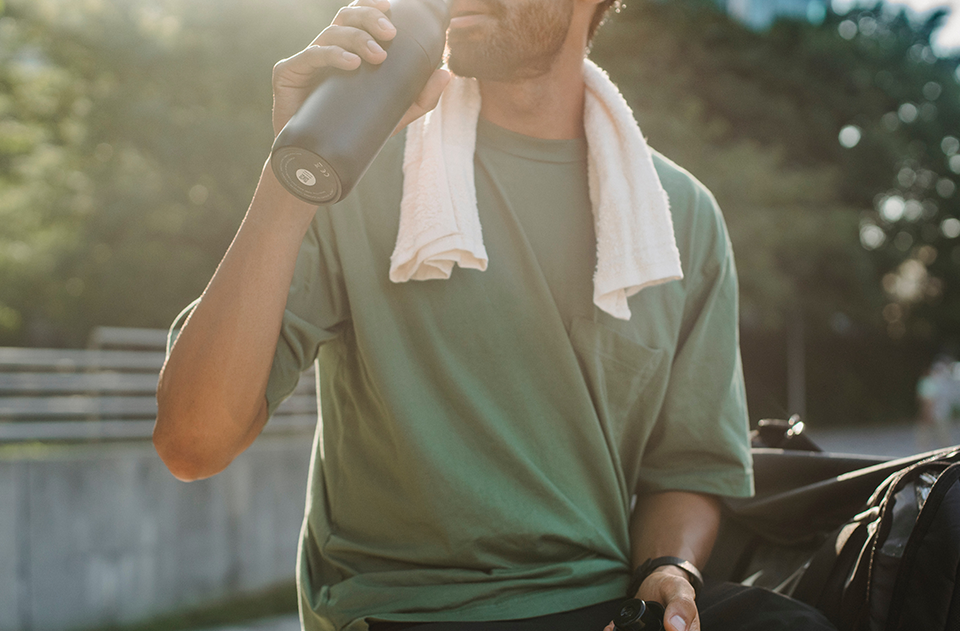A Beginner’s Guide to Contrast Showers
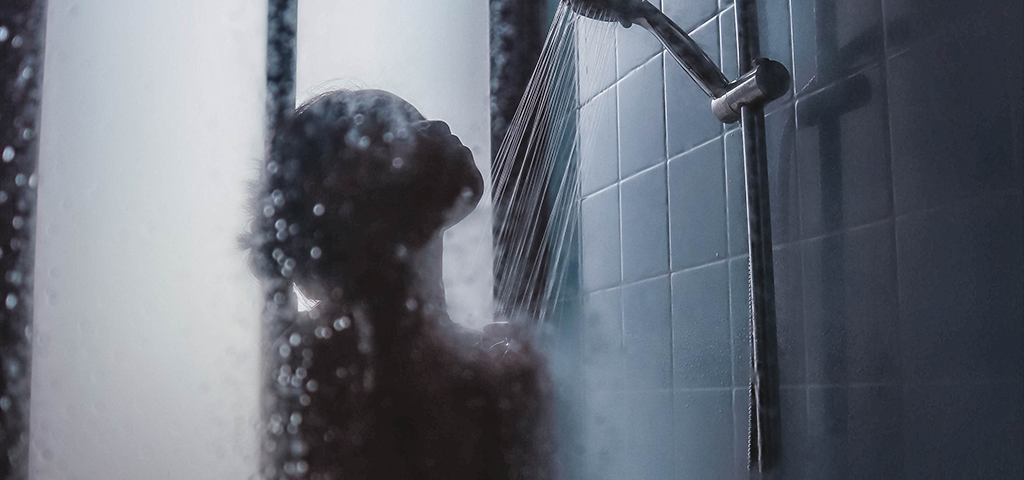
We all shower. Most of us do so everyday. But what if there was a way to improve your showers, also making them beneficial to your health? Imagine leaving the bath feeling energized, less sore and more focused. This blog discusses just how to do that with a contrast shower. Let’s dive into how contrast bathing works.
What Is a Contrast Shower?
A contrast shower is a form of hydrotherapy that essentially consists of alternating bouts of hot and cold water. Generally, you start with hot water for 3 minutes, and then switch to cold for 1 minute, anywhere from 3-5 rounds. Studies also show that a sequence of 1 minute hot and 1 minute cold is also effective. Both temperatures should be extreme- as hot and as cold as you are able to handle.
Contrast Shower Benefits
Contrast showers may sound scary, but are extremely beneficial. Here are a few worth noting:
- Boosts your Immunity
Contrast showers have been shown to strengthen your immune system to help fight off illness, like the flu or cold. A study conducted in the Netherlands reported that taking a contrast shower daily reduced an employee’s sick days by almost 30%. It seems that the contrast in temperature increases the number of monocyte cells your body makes. The cold water stimulates white blood cell production in your blood, particularly leukocytes, which are responsible for fighting pathogens and fungal infections. - Boosts Circulation
Abrupt changes in temperature causes your heart to pump more blood to your vital organs. By doing this regularly, your circulatory system becomes more efficient. This is because your body’s innate response is to protect your vital organs by essentially trying to conserve its natural core temperature. The shock of cold water makes your circulatory system eventually act more efficiently and quickly. Better circulation helps nutrients to be constantly transported throughout your body, helping you heal faster and detoxify. It also helps with longevity because your tissues will be better nourished and maintained, also resulting in improved skin and hair. This boost in circulation is extremely beneficial for those with diabetes or high blood pressure. - Reduces Muscle Soreness
Many athletes and bodybuilders swear by contrast showers for recovery. Exposure to cold water helps reduce injury and inflammation by restricting blood flow. The cold temperature causes vasoconstriction. This is when your blood vessels shrink and reduce blood flow, therefore reducing inflammation. The hot water causes the opposite, known as vasodilation, allowing more blood flow into your tissues. This flushes the lactic acid from your muscles, aiding in faster recovery and reduction of delayed onset muscle soreness. - Improves your Mood
When you speak to a person who actively takes contrast showers, they’ll often report feeling energized, focused and in a better mood after taking one. This is believed due to the increase of blood flow to your brain. Exposure to cold temperature causes your levels of endorphins and norepinephrine to increase. Endorphins help lower your discomfort by having a pain-relieving effect. They also give you a feeling of well-being. Norepinephrine, also known as noradrenaline, increases your alertness and speeds up your reaction time. Theoretically, the cold water sends impulses to your brain- providing an energy boost, improved mental clarity, and reduction of sadness. - May help you lose weight
Our body is made up of two types of fat- brown fat and white fat. White fat, also known as white adipose tissue, is the standard fat most of us know. It stores your energy and is accumulated around your body. This fat keeps you warm by insulating your organs, and you gain it by eating excess calories. Brown fat, or brown adipose tissue, is the fat we are all born with. This special type of fat is activated when you get cold. Its function is to help maintain body temperature in cold conditions. It does this by burning white fat. In theory, when you switch the tap to cold during your contrast shower, your brown fat is activated. This results in an increased metabolism and fat burning.
Is there any science behind cold showers?
Exposure to cold water puts a small amount of stress on the body, which triggers a catalyst of events. The sudden change in temperature causes your blood vessels to contract in order to conserve body heat. At the same time, your heart rate goes up, causing more blood flow, thus increasing circulation, and in theory, detoxifying the body and burning calories. The shock of the cold also causes your body to produce more white blood cells. This flight or fight response is an automatic physiological reaction to this event your body perceives as danger. In the meantime, neurological impulses are sent to your brain to help calm and prepare you for this so-called “fight.”
Contrast showers vs Cold showers vs Cryogenic Chambers
Cold showers are just like the name implies- a cold shower. There are no bursts of warm water, so you probably need more mental preparation to convince yourself to do it. The warm part of a contrast shower makes it more “therapeutic” in comparison to having a completely ice cold shower. Whole Body Cryotherapy (WBC) usually uses a cryogenic chamber that exposes your body to temperatures of -100°C to -160°C for several minutes. The temperature is lowered gradually, but quickly. Most sessions last around 3 minutes. Instead of water, nitrogen is used, thus making it difficult to perform at home. It can also be potentially expensive if you’re planning on doing this therapy long term. All of these therapies essentially have the same benefits due to the cold temperature’s shock factor and its effect on your body.
What is the best time of day to shower?
The answer here comes down to preference. Many people prefer to contrast bathe in the morning because it helps wake them up and maintain focus. Some take this type of shower after a workout to help prevent muscle soreness. Others would rather wash before bed. If you’re worried of a contrast shower keeping you from sleeping, studies suggest otherwise. Normally, our body temperature lowers a 0.5 to 1° F about an hour before our usual bedtime. This drop in core temperature serves as a natural signal for your body to start to prepare for sleep, releasing melatonin and causing you to feel tired. You can speed up this process of lowering your internal temperature with the use of a contrast shower.
Final Word
Taking a contrast shower is probably the best way to start or end your day. The science and health benefits are undeniable. Many have found great improvement in both their physical and mental state by utilizing this bathing method. All you need to do is have the bravery and determination to turn the tap from hot to cold and give it a try.
Have questions about how to better protect yourself?

